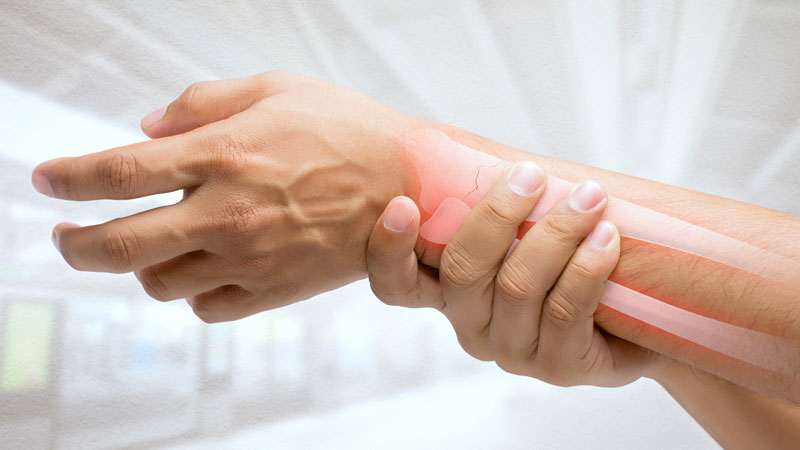Osteoporosis is a disease characterized by decreased bone mass and strength, decreased absorption of calcium and minerals, causing bone fragility and therefore increasing the risk of fracture.
According to data revealed by the NHS, osteoporosis is known to affect more than 3 million people in the UK. This is also a cause that annually leads more than 500,000 people to seek hospital treatment for fractures due to osteoporosis.
Osteoporosis is more likely to affect those with lower bone density. For example, the elderly and women are more susceptible than younger individuals or men. However, there are other factors that can leave other individuals at risk of developing it.
Main causes of osteoporosis
As already mentioned, there are some causes that increase the predisposition to the diagnosis of osteoporosis, causes that are nonmodifiable, such as:
- Being female;
- Be over 65 years of age;
- Present extreme thinness;
- Have small stature.
- Early menopause
- Race – e.g. Africans tend to have higher bone density than Caucasians
There are other causes related to the lifestyle, and therefore, controllable and modifiable causes, such as:
- Food intake low in calcium;
- Sedentary life;
- Excessive consumption of alcohol;
- Smoking.
- Long term prescription steroid use
Related article
Main symptoms
Osteoporosis is often an asymptomatic disease, silent in its progression. You may not experience any pain or discomfort until the first fracture occurs, or minor trauma.
Physical signs such as curvature of the spine (kyphosis) can be caused by vertebral fractures caused by osteoporosis. There may also be severe back pain at this time.
Fragility fractures are breakages of bone by falls and trauma that would not normally cause a break, for example tripping and falling forwards onto an outstretched hand.
Treatments
Before defining the correct treatment, the diagnosis will have to be reached through a medical examination, which will also include some tests such as bone density scans and laboratory evaluation.
Osteoporosis still has no cure, however that is not to say that it cannot be treated and prevented from getting worse. With proper medical monitoring, you will be able to prevent future fractures, using medication capable of increasing your bone mass (bisphosphonates) and calcium and vitamin D supplements.
It is worth remembering that regular physical weightbearing exercise and a balanced and adequate diet are excellent factors in the control of osteoporosis. For the elderly, as they are at greater risk of falling, physical exercise should be monitored even more closely, in order to work on balance and muscle strengthening.
Any of our doctors at the Oval Medical Centre will be entirely available to clarify and chart a path of change and prevention with you. Remember, we are here to help!


